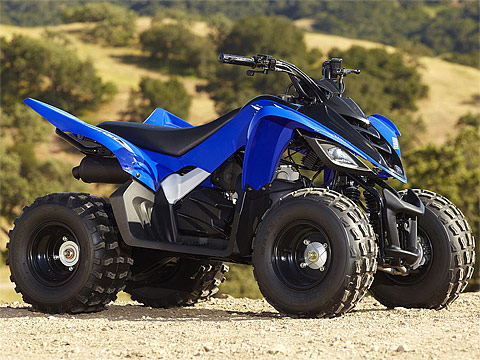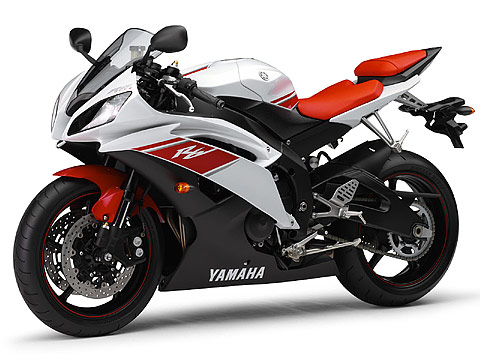The Passenger's Job
A motorcycle passenger can't contribute much to the stability of the motorcycle, because any bike is easier to ride without a passenger. This is true no matter how skilled the passenger. Motorcycles are, by their basic principles, a single-person vehicle. Even the giant road bikes are safer, more stable, and more comfortable without a passenger.
So, the passenger's primary job is to destabilize the vehicle as little as possible. The best way to do that is to mirror the actions of the rider as smoothly as possible. The easiest way to do what the rider does is to be attached to the rider. Women riding with men seem to automatically know this and keep a firm hold on the rider's waist or hips.
The secondary job of a rider is to act as a second set of eyes and ears connected to a second brain. If two minds are better than one anywhere, it's even more true on a motorcycle. There are obstacles and hazards coming toward you from every direction on a motorcycle. A good rider can cover about 180 degrees of hazard observation. A good rider with a good passenger can almost double that.
Motorcycles are poor places for daydreaming, even as a passenger. You should be watching, listening, and smelling for hazards and changes in the riding environment any time the vehicle is in motion. If you keep in mind that you're traveling on a "life-support mechanism" that needs constant attention, you may save your own life.
Before you go into motion, you should have a basic communication system in place. Don't count on being able to talk over the wind noise, unless you have a headset communication system. Headsets fail and you may need to quickly get the rider's attention in an emergency, so, you still need a basic manual system. If an intercom is not used, the co-rider and rider need to establish communication signals. Suggested signals could be:
- Right turn - squeeze or tap the right arm
- Left turn - squeeze or tap the left arm
- Stop or slow down - squeeze or tap with both arms
- Other (bathroom break, I’m hungry/thirsty, cut that out!, etc.)
- For rider-to-co-rider signals, it’s easier to tap the right or left leg for turns and to lean back slightly as a signal for stopping or slowing.
With all of these precautions in place, we go riding.




0 Comments